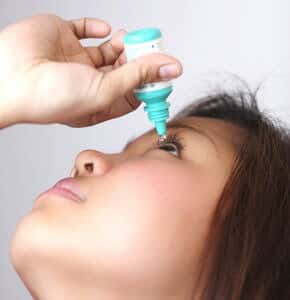
Dry eyes can make life miserable. The eyes feel as though there were sand in them, and they tire easily. People may complain of blurred vision. Until recently, the first-line treatment for dry eyes was tear substitutes to lubricate the eyes. An anti-inflammatory medicine, cyclosporine (Restasis), can be helpful although it may take a long time to act. There is a mechanical approach, LipiFlow, which warms and compresses the eyelids to get the meibomian glands to secrete protective oils. What about the new drug Xiidra? How well does it work for dry eyes?
Searching for Relief for Dry Eyes:
Q. I read recently about LipiFlow treatment to provide temporary relief for dry eyes. However, my ophthalmologist quoted the treatment cost at $1000 per eye.
I am now using a new prescription medication for dry eyes. Since it is new, the prescription cost is outrageous-$500 for a 30 day supply. It’s called Xiidra. Patients are given a trial supply before purchasing.
I’ve found it works immediately. In comparison, Restasis takes months to make any difference.
New Drug Xiidra Is Pricey:
A. The FDA approved lifitegrast (Xiidra) last year as the first in a new class of drugs for dry eyes. It works by affecting the immune system to reduce inflammation (Pflugfelder et al, Journal of Ocular Pharmacology and Therapeutics, Jan/Feb. 2017). More than 2,000 adults participated in randomized controlled trials of these eye drops. Reviewers for The Medical Letter on Drugs and Therapeutics concluded that it is safe and modestly effective (JAMA, April 11, 2017).
Adverse Effects of Xiidra:
Xiidra may cause blurred vision, eye irritation, pain, itching and a peculiar taste in the mouth. The biggest drawback for this new approach is the cost. If insurance companies won’t approve or pay for these eye drops, most people will find it hard to afford them.

